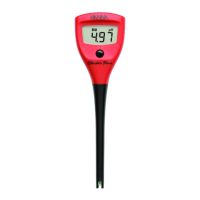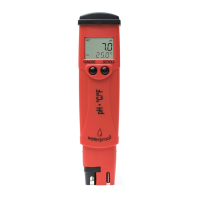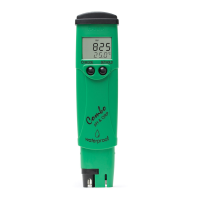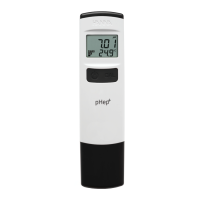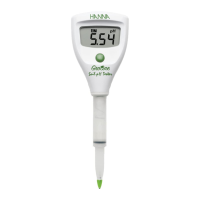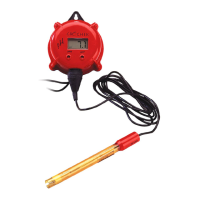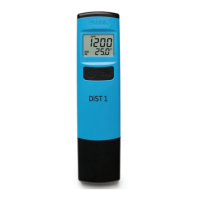21
TITRATION THEORY
C sample1 Sample 1 Concentration (g/100g)
C sample2 Sample 2 Concentration (g/100g)
C sample3 Sample 3 Concentration (g/100g)
V titrant 1 Volume of titrant required to reach the first end point (L)
V titrant 2 Volume of titrant required to reach the second end point (L)
V titrant 3 Volume of titrant required to reach the third end point (L)
C titrant Concentration of titrant (N)
Ratio Equivalence ratio of analyte/ titrant (mol analyte/ eq titrant)
FW analyte 1 Formula Weight of the Analyte 1 (g/mol)
FW analyte 2 Formula Weight of the Analyte 2 (g/mol)
FW analyte 3 Formula Weight of the Analyte 3 (g/mol)
m sample Weight of Sample (mL)
5.5 Back Titration
The equation used in back titration calculations is also similar to the equation for a blank
titration. Instead of subtracting the initial amount of titrant needed to react with the blank,
the amount of second titrant needed to react with the excess titrant added in the first titration
is subtracted from the amount of the first titrant added. The difference between the two
amounts is the amount of titrant necessary to reach the first equivalence point.
C sample Sample Concentration (g/100mL)
C titrant 1 Concentration of titrant 1 (N)
V titrant 1 Volume of titrant 1 (L)
C titrant 2 Concentration of titrant 2 (N)
V titrant 2 Volume of titrant 2 (L)
Ratio Equivalence ratio of analyte/ titrant (mol analyte/ eq titrant)
FW analyte Formula Weight of the analyte (g/mol)
V sample Volume of sample (mL)
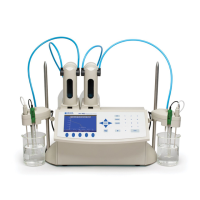
